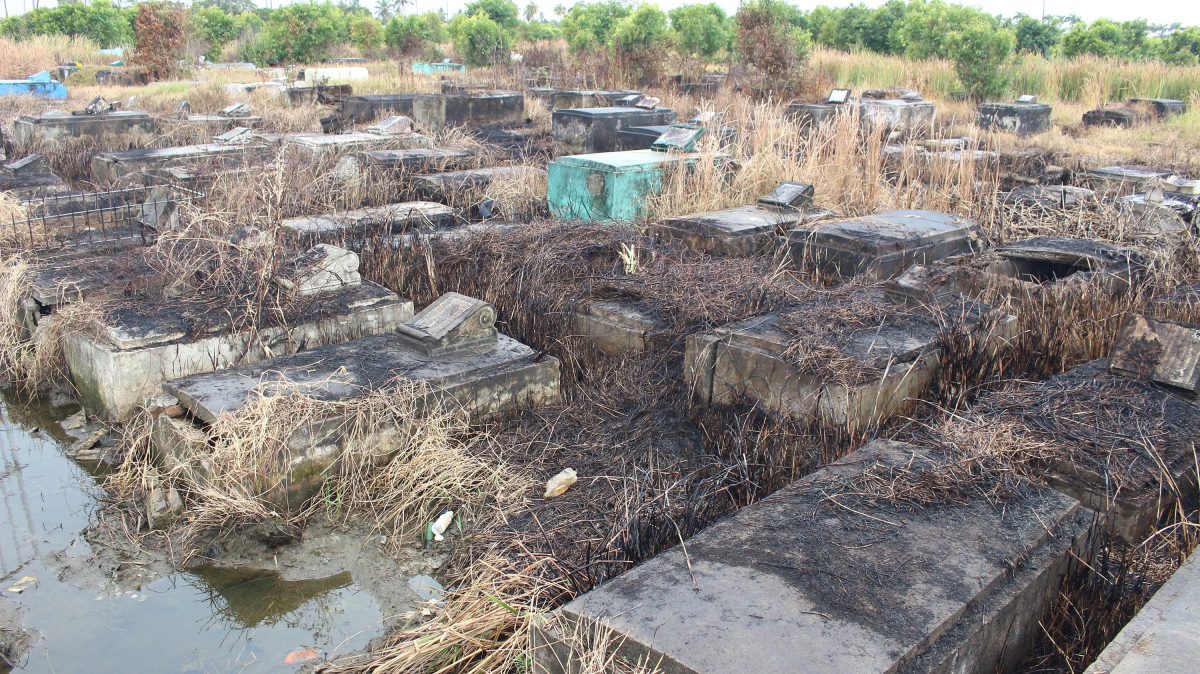After evicting the Dutch, it was the British in 1781 who chose the site of what was later to become this country’s capital, although they did little to translate their vision into reality. The French displaced them in 1782, and they were the ones who first started constructing the infrastructure for a new town which they were to call La Nouvelle Ville. They were not here for long, however, and when the Dutch returned in 1784, they renamed it Stabroek after the President of the Dutch West India Company, who rejoiced in the grandiloquent title of Nicolas Geelvinck, Lord of Castricum, Backum and Stabroek.
While the living were taken into consideration in the very first years of the town’s existence, it is not really known what arrangements were introduced before 1785 to cater for ordinary members of the public, free or enslaved, who had died. We can be more confident, however, about where the white population of status was laid to rest. Stabroek was surrounded by plantations, the front lands of which eventually came to accommodate a number of suburbs which in 1812 were combined with Stabroek to form Georgetown. Each of these estates had its own burial ground where the planters, their friends, anyone of note as well as a very few African servants, either enslaved or free, were interred.


